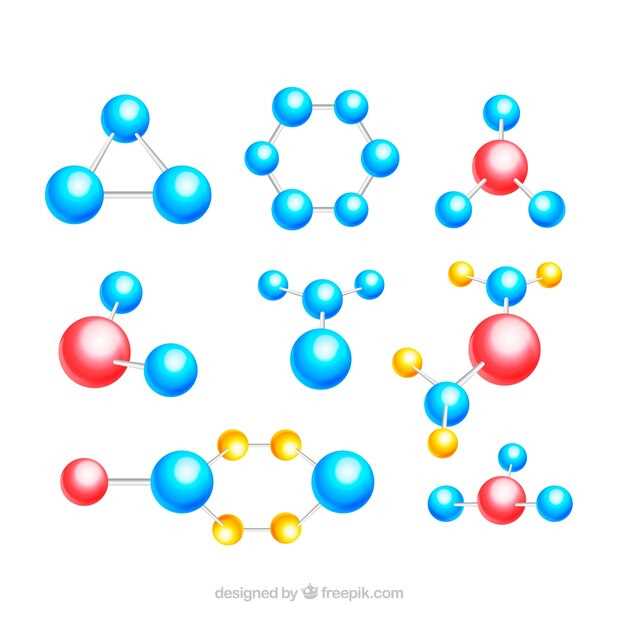
Mirtazapine is a medication that is often prescribed for the treatment of depression and anxiety disorders. It works by affecting the levels of certain chemicals in the brain, helping to restore balance and improve mood.
The chemical composition of mirtazapine is carefully engineered to target specific neurotransmitters in the brain, providing relief for those suffering from mental health conditions.
Experience the positive impact of mirtazapine’s unique blend of compounds and discover a brighter outlook on life.
Overview of mirtazapine
Mirtazapine is a tetracyclic antidepressant that is commonly used to treat major depressive disorder. It works by increasing the levels of certain neurotransmitters in the brain, such as serotonin and norepinephrine, which are thought to be imbalanced in people with depression.
Mirtazapine is known for its sedative effects and is often prescribed to individuals who have trouble sleeping due to depression or anxiety. It is also used off-label to treat other conditions, such as insomnia, post-traumatic stress disorder, and social anxiety disorder.
The molecular structure of mirtazapine allows it to target specific receptors in the brain, leading to its therapeutic effects. It is generally well-tolerated and has a lower risk of causing sexual side effects compared to other antidepressants.
Molecular structure of mirtazapine
Mirtazapine has a chemical formula of C17H19N3 and a molecular weight of 265.35 g/mol. It is classified as a tetracyclic antidepressant with a unique structure that sets it apart from other antidepressants.
Key Features:
Mirtazapine contains a fused tetracyclic ring system with a nitrogen atom, which contributes to its pharmacological properties. The molecular structure consists of carbon, hydrogen, and nitrogen atoms arranged in a specific configuration that determines its interactions with biological receptors.
Functional Groups: The molecule of mirtazapine contains several functional groups, including aromatic rings, an amine group, and heterocyclic structures. These groups are essential for the molecule’s activity in the central nervous system, where it modulates neurotransmitter levels.
Pharmacophore Mapping:

By understanding the molecular structure of mirtazapine, researchers can perform pharmacophore mapping to identify key structural features responsible for its antidepressant effects. This approach helps in designing new molecules with improved therapeutic potential based on the mirtazapine scaffold.
Chemical properties of mirtazapine
Mirtazapine is a tetracyclic piperazinoazepine compound with a molecular formula of C17H19N3. It is a white to creamy white crystalline powder that is practically insoluble in water and freely soluble in chloroform, methanol, and dichloromethane. Mirtazapine has a pKa of 7.3 for the basic nitrogen atom in the piperazino ring. The compound has a molecular weight of 265.35 g/mol.
| Property | Description |
|---|---|
| Molecular Formula | C17H19N3 |
| Molecular Weight | 265.35 g/mol |
| Solubility | Practically insoluble in water, soluble in chloroform, methanol, and dichloromethane |
| pKa | 7.3 for the basic nitrogen atom in the piperazino ring |
These chemical properties play a significant role in the pharmacokinetics and pharmacodynamics of mirtazapine, influencing its absorption, distribution, metabolism, and excretion in the body.
Pharmacological effects of mirtazapine
Mirtazapine is a tetracyclic antidepressant that works by blocking alpha-2 adrenergic receptors and increasing the release of serotonin and norepinephrine in the brain. This leads to an enhanced mood and decreased symptoms of depression. The medication is also known to have sedative effects, making it useful for patients with insomnia related to depression.
Additionally, mirtazapine has been shown to have anxiolytic effects, helping to alleviate symptoms of anxiety disorders such as generalized anxiety disorder or social anxiety disorder. The medication has a relatively fast onset of action, with patients often experiencing improvement in mood and sleep within a few weeks of starting treatment.
Studies have also suggested that mirtazapine may have neuroprotective effects, potentially due to its effects on neurotrophic factors in the brain. This could make it a promising option for individuals with neurodegenerative disorders or conditions involving neuronal damage.
Mechanism of action of mirtazapine
Mirtazapine is a tetracyclic antidepressant that exerts its therapeutic effects through multiple mechanisms of action. It primarily functions as an antagonist at central presynaptic alpha2-adrenergic autoreceptors and heteroreceptors, leading to increased release of norepinephrine and serotonin in the synaptic cleft.
Pharmacodynamic effects of mirtazapine
In addition to its alpha2-adrenergic antagonist properties, mirtazapine also acts as a potent antagonist at 5-HT2 and 5-HT3 receptors, leading to increased levels of serotonin in the brain. This action contributes to its antidepressant and anxiolytic effects.
| Mechanism | Effect |
|---|---|
| Alpha2-adrenergic antagonist | Increase in norepinephrine and serotonin release |
| 5-HT2 and 5-HT3 receptor antagonist | Enhanced serotonin neurotransmission |
Therapeutic uses of mirtazapine
Mirtazapine is primarily used in the treatment of major depressive disorder (MDD) in adults. It is also prescribed for the management of other mood disorders such as generalized anxiety disorder (GAD) and social anxiety disorder. Mirtazapine may be recommended for individuals who have not responded well to other antidepressant medications.
Treatment of Major Depressive Disorder (MDD)
Mirtazapine is effective in alleviating the symptoms of depression, including persistent sadness, loss of interest in activities, changes in appetite, and sleep disturbances. It helps regulate mood and improve overall well-being in individuals with MDD.
Management of Anxiety Disorders
In addition to treating depression, mirtazapine has shown efficacy in reducing symptoms of anxiety disorders like GAD and social anxiety disorder. It can help alleviate feelings of excessive worry, nervousness, and fear, providing relief to individuals struggling with these conditions.
